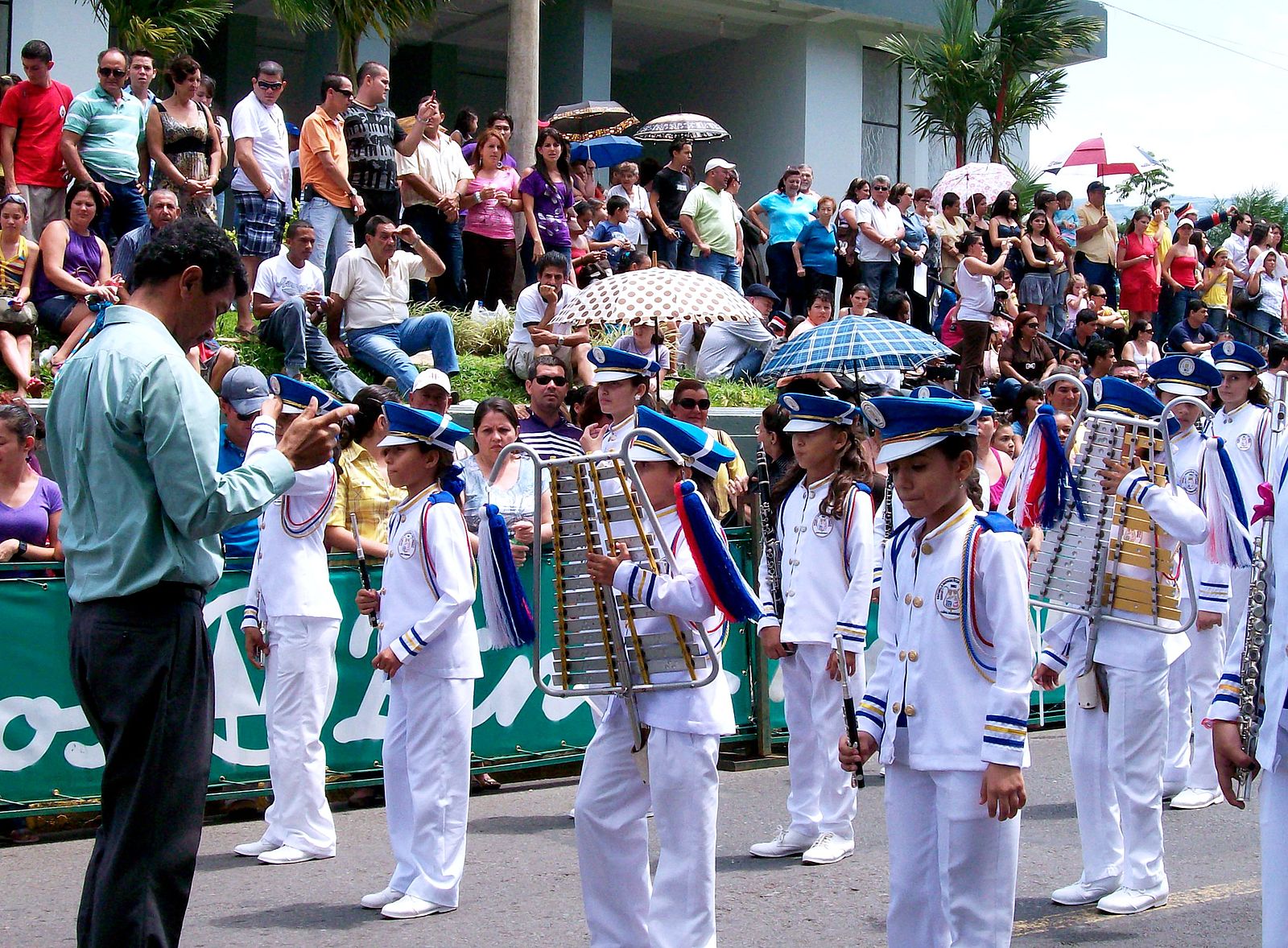At times called the “Switzerland of Latin America,” Costa Rica boasts thriving industrial and tourism sectors, a robust universal health care system, and a stable democratic government. While neighboring countries struggle with crime, gang violence, and government corruption, Costa Rica has emerged as a regional leader in maintaining domestic stability and rule of law. Its history of peace and independence helps to explain its success: Comparison with other Central American countries displays the devastating effects of US interventions, and marks Costa Rica as an example of the benefits of uninterrupted self-rule.
Costa Rica stands out for a variety of reasons, particularly its social services and environmental policy. Renewable resources account for 98.1 percent of Costa Rican energy, and for more than 250 days in 2016, the country was powered purely through renewable energy. Costa Rica ranks alongside the US in terms of literacy, and slightly higher in life expectancy (79.7 to 78.7 years). It even matches the US in the Democracy Index, which examines the fairness of national elections and voter security.
The divergent histories of Costa Rica and its neighbors can shed some light on their stark national differences. The US has often intervened in Latin American countries whose governments it found unfavorable, most notably in Guatemala in 1954 and Nicaragua in the 1980s, though these missions are far from the only examples. A map of early 20th century US military interventions in Central America shows a frenzy of intrusion, with interventions everywhere except Costa Rica. Given these countries’ differing historical trajectories, it appears that the lack of direct US interference in domestic affairs may have pointed Costa Rica towards success.
In 1951, Jacobo Árbenz was elected president of Guatemala. The following year, Árbenz’s government issued Decree 900, an agrarian reform bill, seizing large landholdings and redistributing them to indigenous peasant families. The move greatly benefited the peasantry, but angered major landholders such as the United Fruit Company, which had reaped enormous profits from Guatemala for decades thanks to exploitative practices banned by Árbenz’s predecessor. The company lobbied the US government to remove the popular president, and the US, ostensibly fearing a communist movement in Guatemala, did so in 1954. The US replaced him with the brutal dictator Castillo Armas, a move that sparked decades of civil war. Castillo reversed Decree 900 and led Guatemala on a path of internal conflict, state-sponsored terror, and genocide. Similar to how the Mossadegh overthrow in Iran convinced the CIA that an operation in Guatemala was possible, the success of the Árbenz operation became a major driver behind further destabilization efforts in the region.
Grahame Russell, director of the human rights organization Rights Actions, writes, “Guatemala today is characterized by endemic economic exploitation and disparity, racism, state and private sector oppression, generalized violence, corruption and impunity.” Many of these issues are clear products of US intervention, for the lack of a stable government undermines growth and structure. Reversing Decree 900 led to decades of imperialist, anti-worker policies. As Kathleen Johnson of the Cold War Museum explains, “four decades of instability and civil war in Guatemala remain the ultimate legacy of the CIA covert operation.” Today, Guatemala lags behind Costa Rica in life expectancy, literacy rate, and Human Development Index.
Unlike its less stable neighbors, Costa Rica has escaped US political intervention for the past 69 years, despite actions that seem rather provocative. The two nations weren’t always in agreement; the CIA considered José Figueres, the president who abolished the military, as being a moderate socialist, and made several attempts on his life and supported his overthrow. Costa Rica also provided refuge to foreign dissidents (communist and otherwise), and refused to aid the US in fighting the Sandernistas in Nicaragua. But still, these ostensible transgressions against US hegemony weren’t enough to inspire a full-scale American intervention, leaving Costa Rica to thrive in peace.
Costa Rica’s remarkable success is certainly a testament to the resourcefulness, hard work, and environmental stewardship of its people. And its programs of demilitarization and internal investment have certainly helped. But one only needs to examine the violence and instability in neighboring countries to recognize that Costa Rica’s political independence has played a large part in its development. US actions have served to greatly upset the balance of power throughout the Americas, with nations such as Guatemala suffering especially. Costa Rica’s success in comparison suggests that US-backed overthrows of democratic governments can stymie a country’s progress in measures beyond democracy. As the US continues to flaunt its power and influence overseas, Costa Rica and its neighbors serve as a reminder to the US of what a country can achieve when left on its own.
